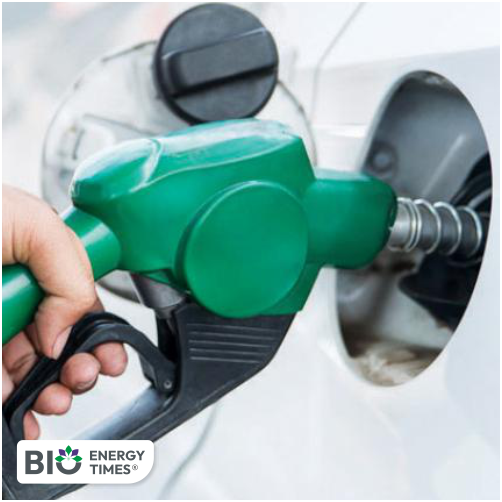The Grain Ethanol Manufacturer’s Association (GEMA), the apex body representing India’s ethanol producers, has called on the government to speed up the rollout of higher ethanol blends and fast-track the nationwide adoption of flex-fuel vehicles (FFVs). The move, it said, would align India’s biofuel strategy with global best practices, reduce dependence on fossil fuels, and support the nation’s goal of achieving net-zero emissions by 2070.
Following the success of the Ethanol Blended Petrol (EBP) programme and the achievement of the 20 percent ethanol blending target for 2025, GEMA stressed that India must now aim higher. Drawing on Brazil’s experience—where base petrol contains 27 percent ethanol (E27) and FFVs enable replacement of up to 55 percent of petrol—the association underscored the need for India to adopt a similar progressive blending approach.
GEMA emphasized that introducing flex-fuel engines capable of running on varying ethanol-petrol blends is essential for the large-scale use of biofuels and decarbonisation of the transport sector. However, it acknowledged that immediate enhancement to blends in the 25–30 percent range may not be feasible. Instead, the association proposed an interim increase of 1–2 percent beyond the current 20 percent, within the tolerance limits of existing vehicles.
Dr. C.K. Jain, President of GEMA, said, “There is an urgent need to raise the blending level to the tolerance limit of current vehicles to provide some relief to the grain ethanol industry. The roadmap for ethanol blending beyond 20 percent must be clear, ambitious, and backed by a forward-looking policy framework.”
He added that the industry has already invested to meet higher demand and stands ready to collaborate with stakeholders to expand distribution infrastructure. However, he stressed that timely government policies and effective inter-ministerial coordination will be critical to sustain momentum.
According to GEMA, higher ethanol blends can substantially reduce carbon emissions compared to conventional petrol, helping India meet its 2030 climate goals. Beyond environmental gains, expanded ethanol blending would lower the nation’s oil import bill, improve energy security, and spur rural economic growth by creating demand for agricultural feedstocks like sugarcane, maize, and surplus rice.
Achieving flex-fuel readiness will require developing vehicle standards, upgrading fuel infrastructure, and conducting public awareness campaigns. With flex-fuel engines, India can leverage its growing ethanol production to cut vehicular emissions while maintaining performance and fuel efficiency.
The association noted that widespread adoption of FFVs could be a turning point for biofuel integration. It urged stronger collaboration between policymakers, the Department of Science and Technology, and automobile manufacturers. Acknowledging the challenges of scaling ethanol distribution and vehicle readiness, Mr. Abhinav Singal, Treasurer of GEMA, emphasized that a coordinated, multi-stakeholder approach is crucial. “A cohesive strategy involving all relevant ministries and stakeholders is vital to building a sustainable and economically viable biofuel ecosystem,” he said.
GEMA reaffirmed that ethanol blending and flex-fuel technology are key pillars in India’s path toward net-zero emissions by 2070. By cutting emissions from petrol vehicles, India can reduce greenhouse gases, improve air quality, and generate green jobs across rural and industrial sectors.
The association reiterated its commitment to supporting the government and industry partners in advancing India’s ethanol roadmap—facilitating higher blends, promoting flex-fuel vehicle adoption, and ensuring coordinated investments in infrastructure and partnerships to build a clean, sustainable, and self-reliant energy future.















